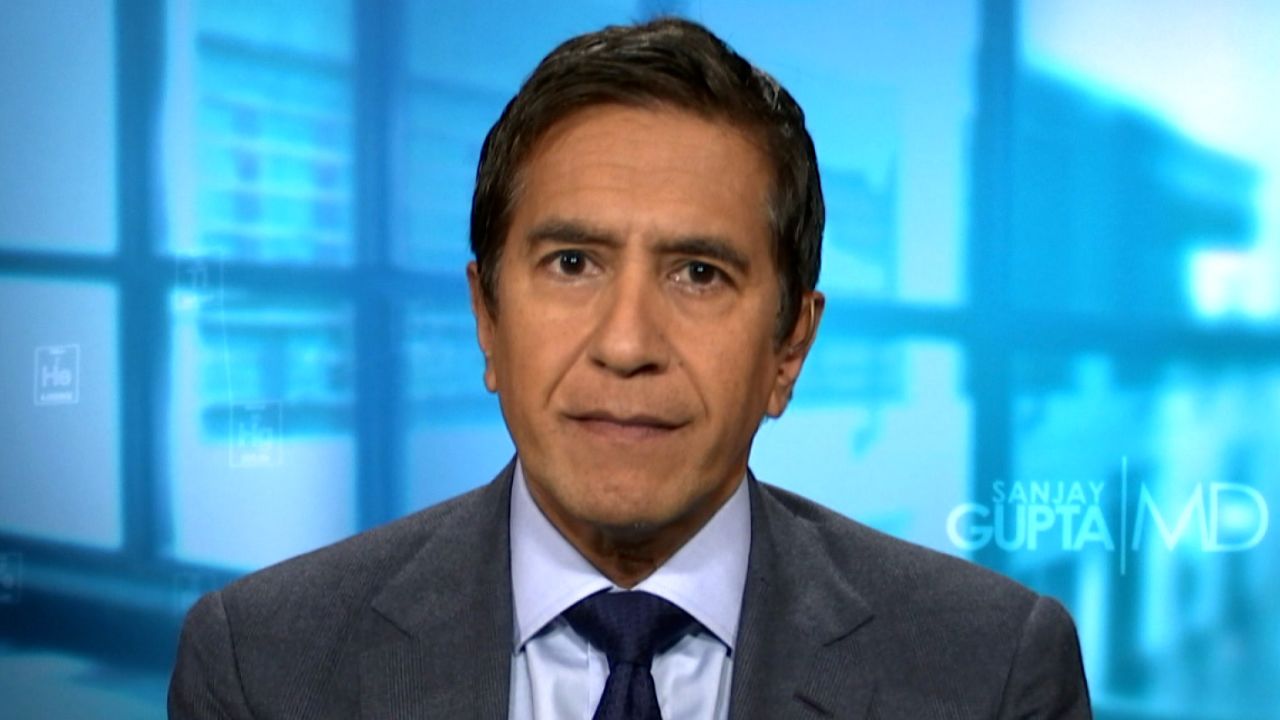The US Food and Drug Administration is cautioning against using self-collected throat swabs for Covid-19 tests and says people should use the tests as instructed.
“FACT: When it comes to at-home rapid antigen #COVID19 tests, those swabs are for your nose and not your throat,” it said Friday on Twitter.
Why the warning? After anecdotal reports of sore throats with coronavirus infection and early studies suggesting that saliva may be a better way to detect the Omicron variant, some people began taking antigen test swabs intended for nasal samples and using them to swab their throats. The home test tweak took after after people began posting their results on social media with the hashtag #SwabYourThroat.
Throat swabs are common in some places. In the UK, the National Health Service notes that some rapid tests for people without Covid-19 symptoms may require both a nose swab and a throat swab. But in the US, most self-tests require nasal specimens; a few involve saliva collected by spitting into a tube.
“The FDA advises that COVID-19 tests should be used as authorized, including following their instructions for use regarding obtaining the sample for testing,” an FDA spokesperson told CNN this week. “The FDA has noted safety concerns regarding self-collection of throat swabs, as they are more complicated than nasal swabs – and if used incorrectly, can cause harm to the patient. The CDC recommends that throat swabs be collected by a trained healthcare provider.”
Dr. Emily Volk, president of the College of American Pathologists, said the best path is to follow the instructions of the test kit you’ve got on hand.
“The test is designed for the specimen collection that they describe in the instructions, so any deviation from that, you’re not going to get the results that are expected,” said Volk, who is also chief medical officer for Baptist Health Floyd in southern Indiana.
There’s probably no stopping people from experimenting at home, she said, but if they’re using these tests to make decisions about treatment, quarantine and isolation, “you’ve got to follow the instructions in the test. Otherwise, it’s not valid.”
Test manufacturers are paying attention, Volk said; if they learn that there’s a better way to collect samples, they’ll make adjustments.
It may turn out that throat swabbing is an effective way to gather material for these tests, said Dr. Sten Vermund, a pediatrician and infectious disease epidemiologist at the Yale School of Public Health. But that data isn’t there yet.
“We don’t have any evidence or data to support it, but it would not be unreasonable to do something like that,” Vermund said. People who take the tests “are trying to minimize the risk of a false negative.”
Get CNN Health's weekly newsletter
Sign up here to get The Results Are In with Dr. Sanjay Gupta every Tuesday from the CNN Health team.
But is it worth putting yourself through the gag-inducing experience of swabbing your tonsils?
“Even if you think you’re going to be more likely to detect virus that way, you don’t know that,” said Dr. Graham Snyder, medical director of infection prevention and hospital epidemiology at the University of Pittsburgh Medical Center. “The test won’t perform better if you use it in a different way than its instructions say.
“We also know from a lot of data throughout the pandemic that swabbing the nose turns out to be pretty good, so I’m not even sure you have to subject yourself to a throat swab.”






















